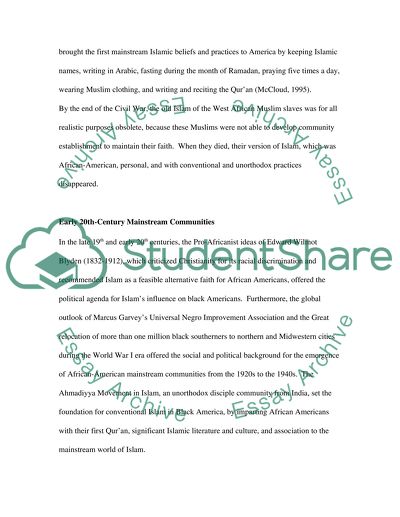Cite this document
(“African Islamic movement in the United States Essay”, n.d.)
African Islamic movement in the United States Essay. Retrieved from https://studentshare.org/history/1512960-african-islamic-movement-in-the-united-states
African Islamic movement in the United States Essay. Retrieved from https://studentshare.org/history/1512960-african-islamic-movement-in-the-united-states
(African Islamic Movement in the United States Essay)
African Islamic Movement in the United States Essay. https://studentshare.org/history/1512960-african-islamic-movement-in-the-united-states.
African Islamic Movement in the United States Essay. https://studentshare.org/history/1512960-african-islamic-movement-in-the-united-states.
“African Islamic Movement in the United States Essay”, n.d. https://studentshare.org/history/1512960-african-islamic-movement-in-the-united-states.


